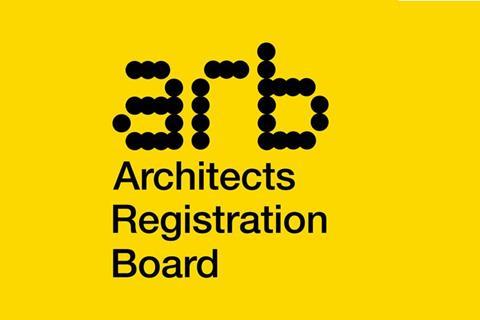Arb survey finds nearly one in five registered architects did not want to disclose their sexual orientation compared to 7.5% in the national census
The number of registered architects who prefer not to state their sexual orientation is nearly double the figure for the general UK population, a new study of Arb members has found.
Nearly one in five, 18.6%, of respondents to Arb’s annual diversity survey said they preferred not to share their sexual orientation compared to 7.5% for this category in the national census.

Just 3% of the register identified as gay, lesbian or bisexual compared to an estimated 11% of the UK population. Excluding those who did not share their orientation, 96% of architects said they identified as heterosexual compared to 89% of the general population.
Just over 30,000 Arb members completed the survey, around 70% of all UK registered architects.
Arb said the figures show non-heterosexual architects are “potentially under-represented” on the register.
Sexual orientation and willingness to share it varies significantly across ethnic groups, with 84% of white architects identifying as heterosexual and 13% preferring not to say, while 90% of black or black British architects identifying as heterosexual with 8% preferring not to say.
The survey also found a growing disparity between the numbers of architects based in London and the South East compared to other regions.
Half of all registered architects in 2022 were located in the capital and the home counties, nearly double the proportion of the UK population which lives in these regions.
This number has been on an upward trend since 2016, with more than 60% of architects joining the Arb register up to 2021 being based in London and the South East.
The next most common location within the UK is Scotland, where 8.5% of Arb members are based, slightly above the 8% of the UK population which lives in the country.
The region with the highest disparity between the number of registered architects and share of the UK population is the East Midlands, at 1.9% and 7% respectively.
In the North West, the second largest UK region with 11% of the population, is home to just 5.7% of architects.
Architects living outside the UK represent the second largest group overall, although the number joining the register each year has declined steadily since 2016 and accounted for just 5.6% of new joiners in 2021.
Arb’s survey also found that women still only make up less than a third of all registered architects, at 31%.
However, the register said numbers have been improving, with almost half of new architects in 2021 being female.
Over a third, 35%, of architects currently on the register who responded to the survey preferred not to say what their gender identity was, while 15 individuals identified as non-binary or other.
Representation of ethnic minorities is also improving, albeit slowly. Black or black British architects accounted for just 0.6% of new registrants in 2016, but this had risen to 2.2% by 2021. The number of black or black British architects now on the register is still only 1%, compared to 4% of the UK population.
Asian or Asian British representation has also made progress, with nearly 12% of new architects in 2021 being from these ethnic groups compared to 5.55% in 2016.
However, the profession is still overwhelmingly composed of white people, which make up 88% of the register compared to 83% of the UK population.
Arb said it aimed to improve its understanding of why respondents chose ‘prefer not to say’ when answering questions about sexual orientation or gender identity.
The regulator also said it is looking to improve its data on the gender and ethnic representation of people in early architectural education and training, and the points at which some groups drop out of the profession.
















5 Readers' comments